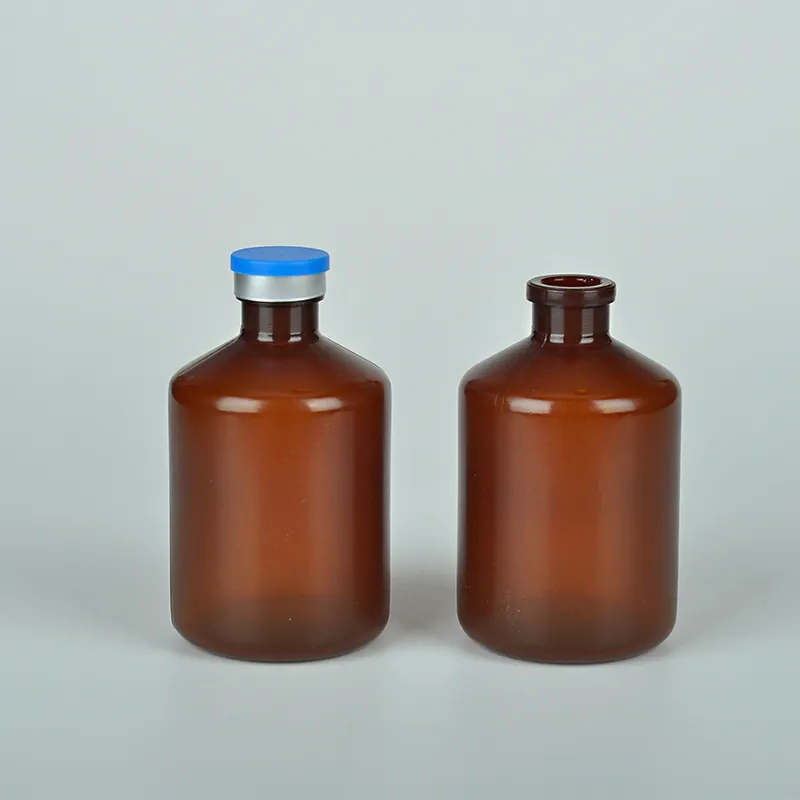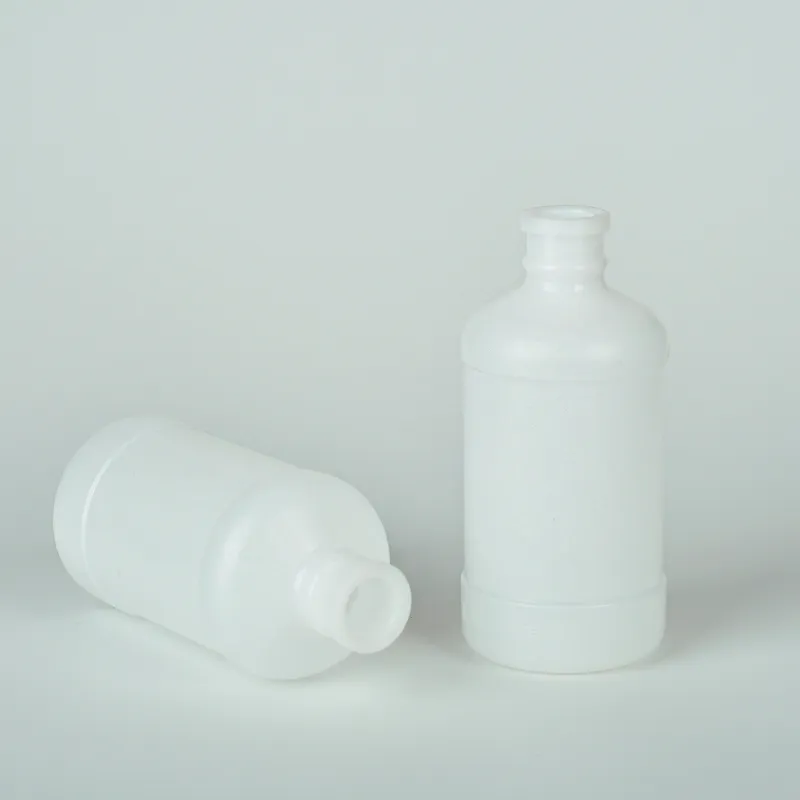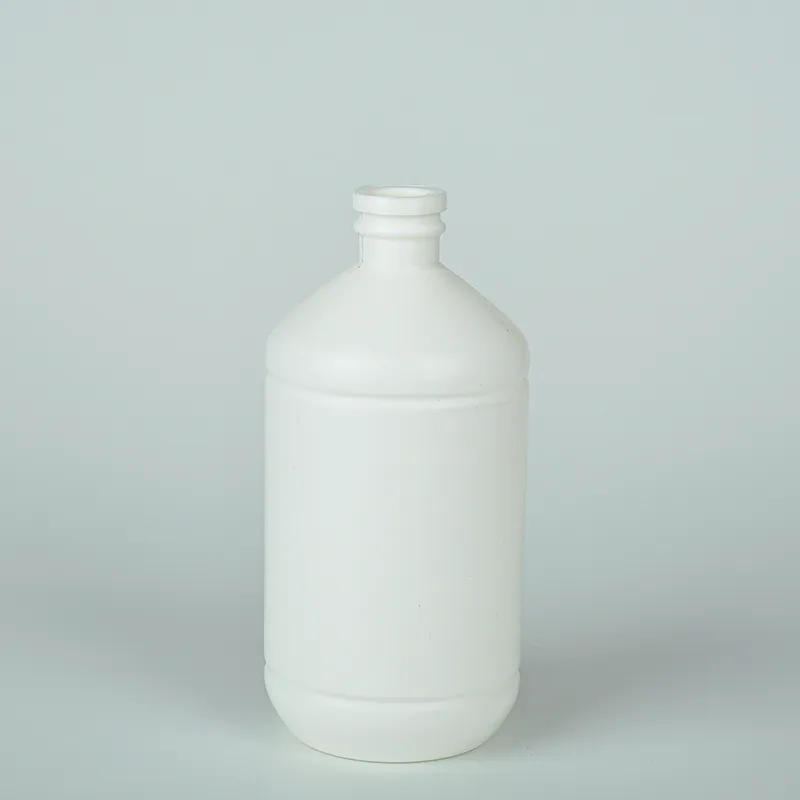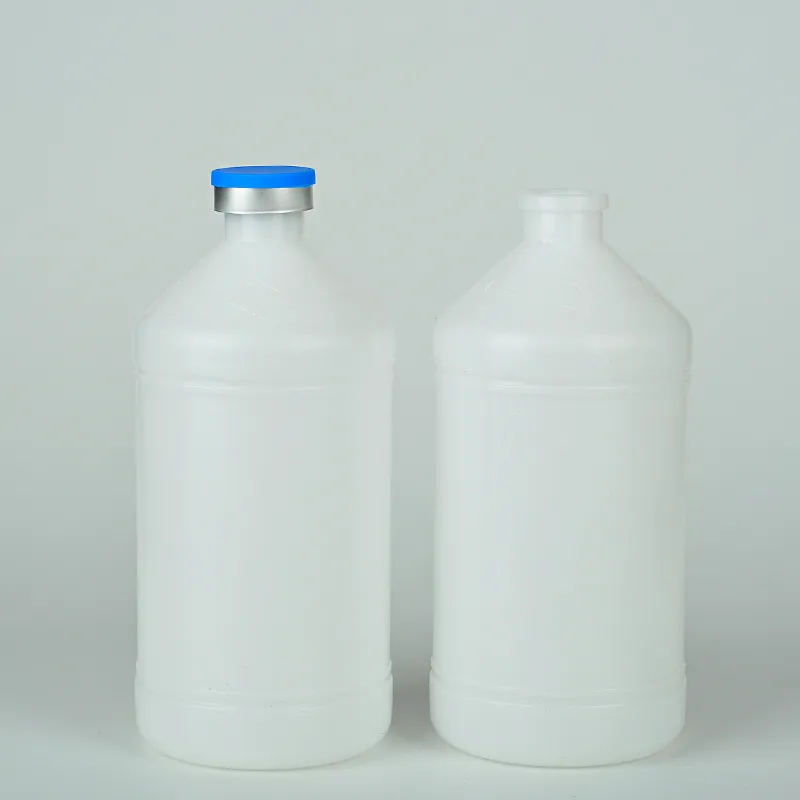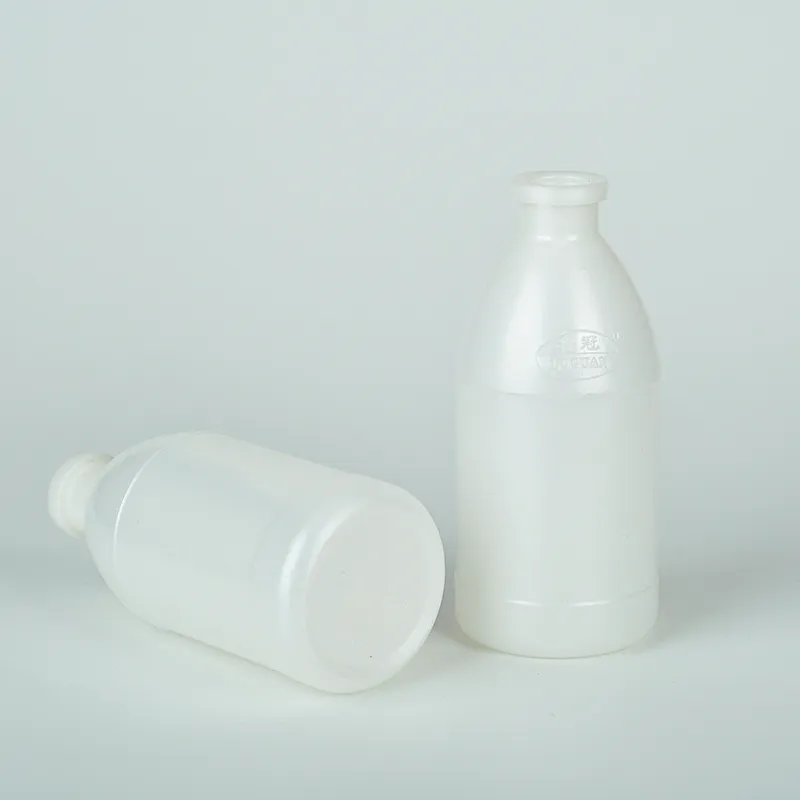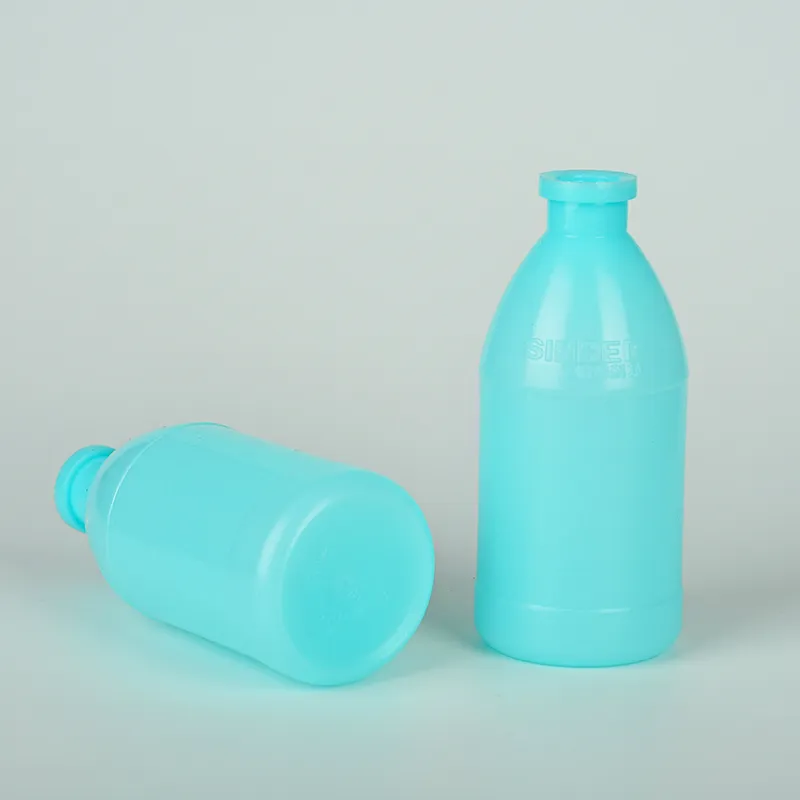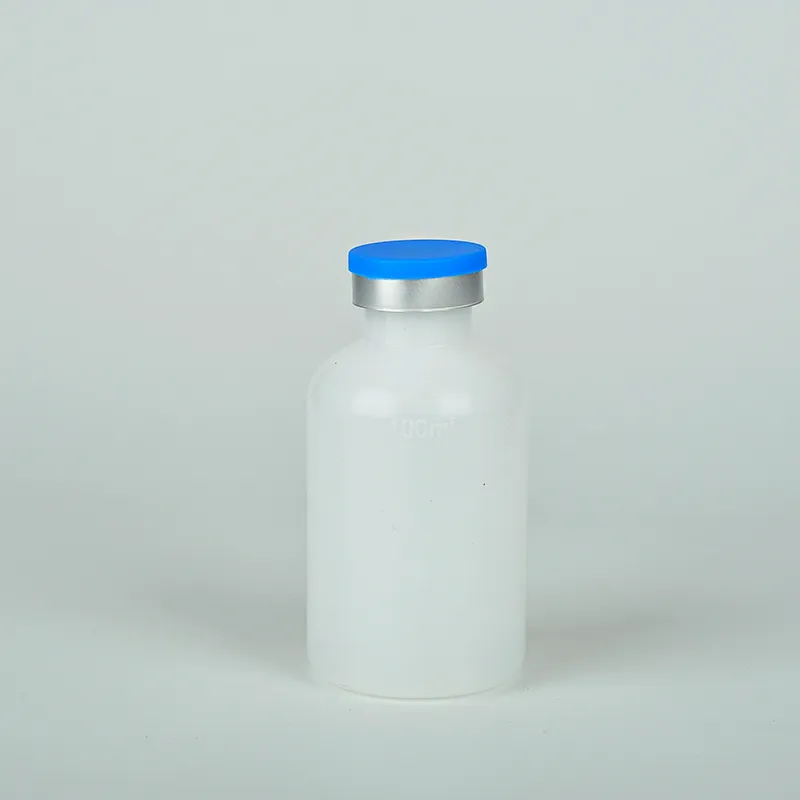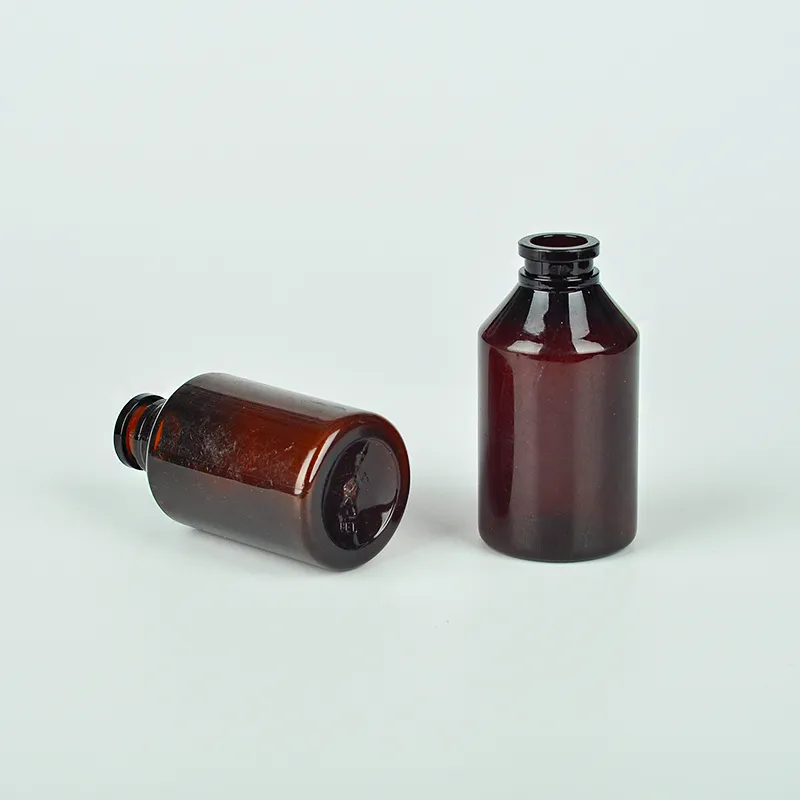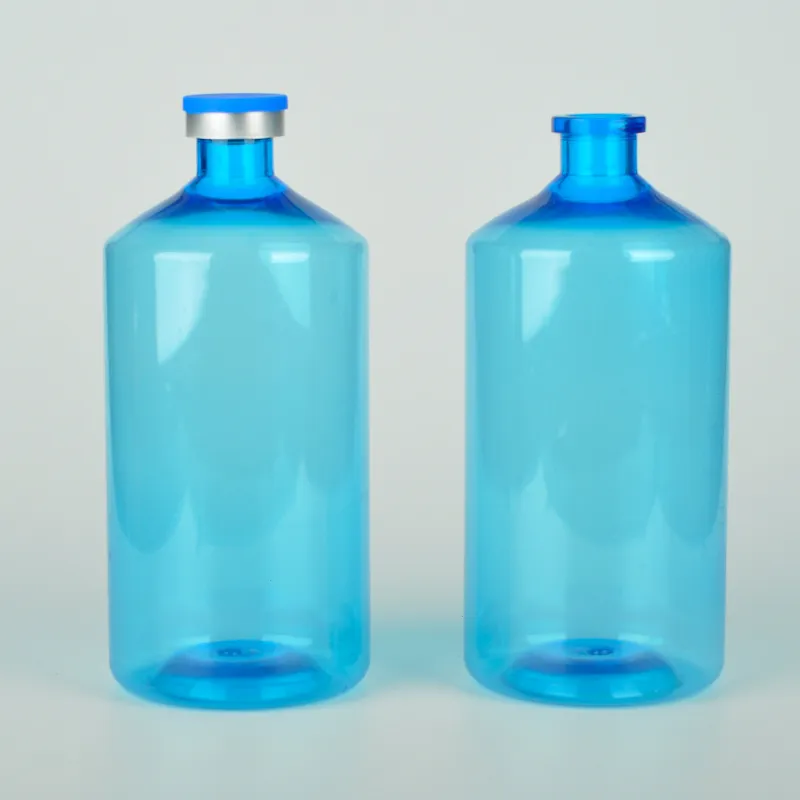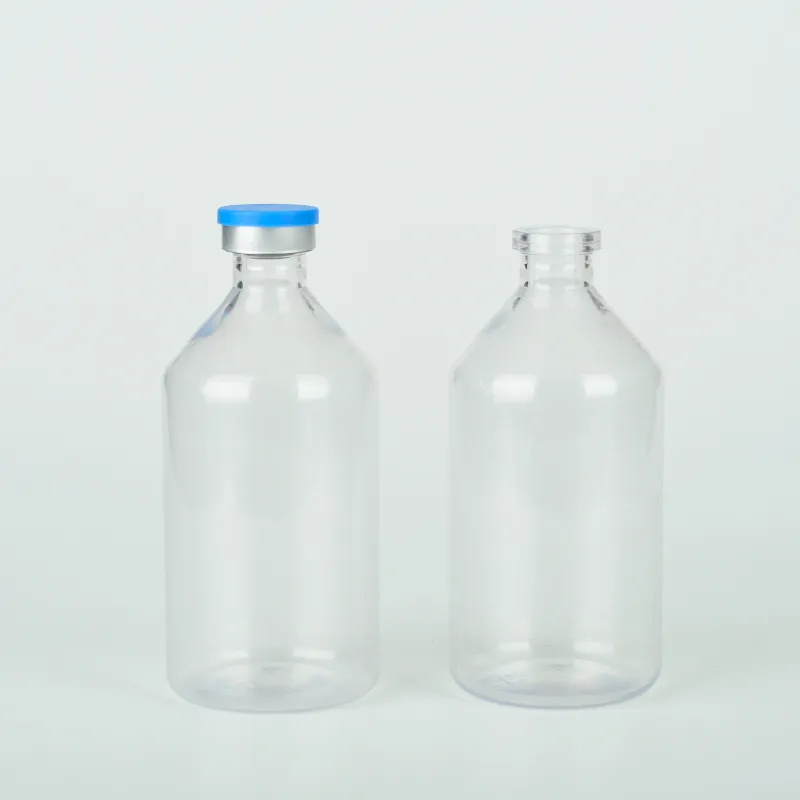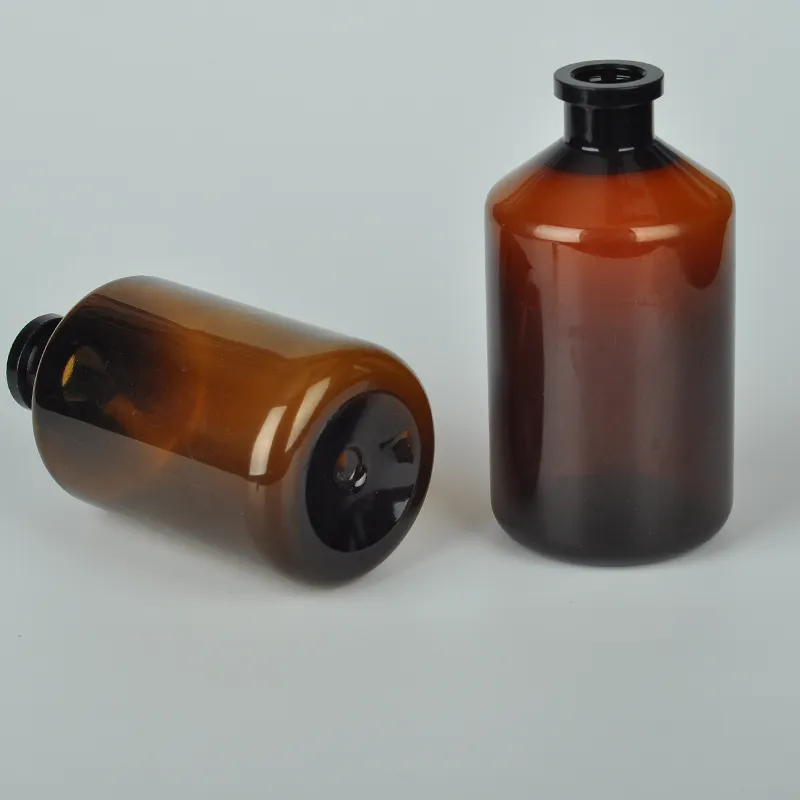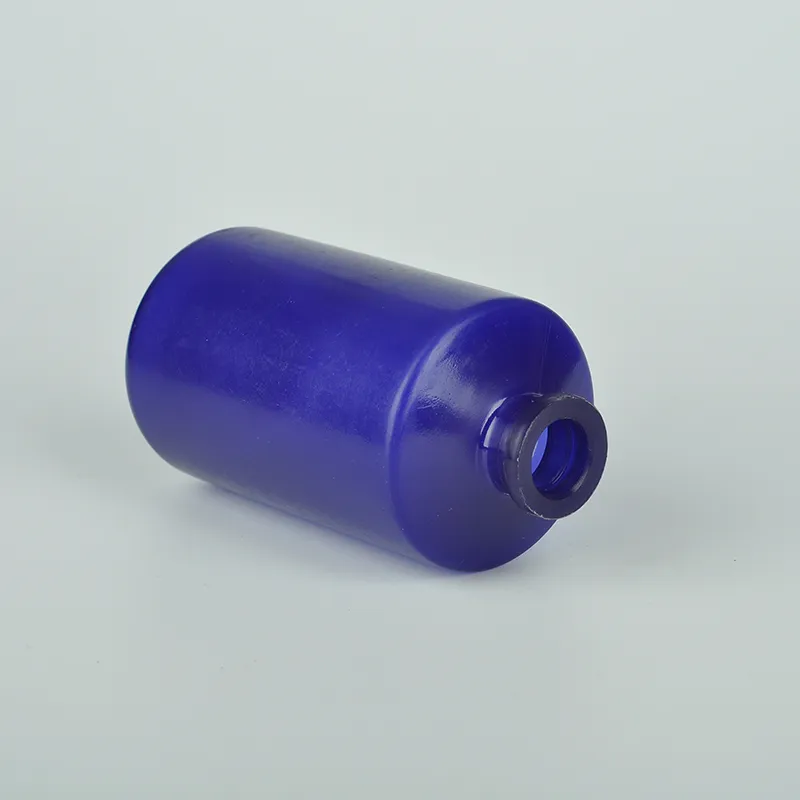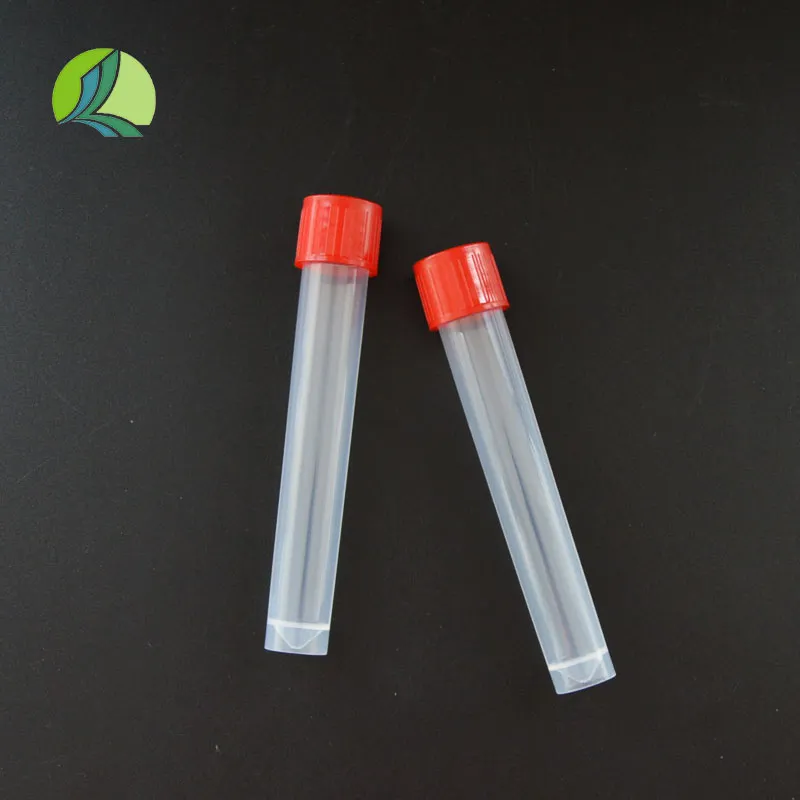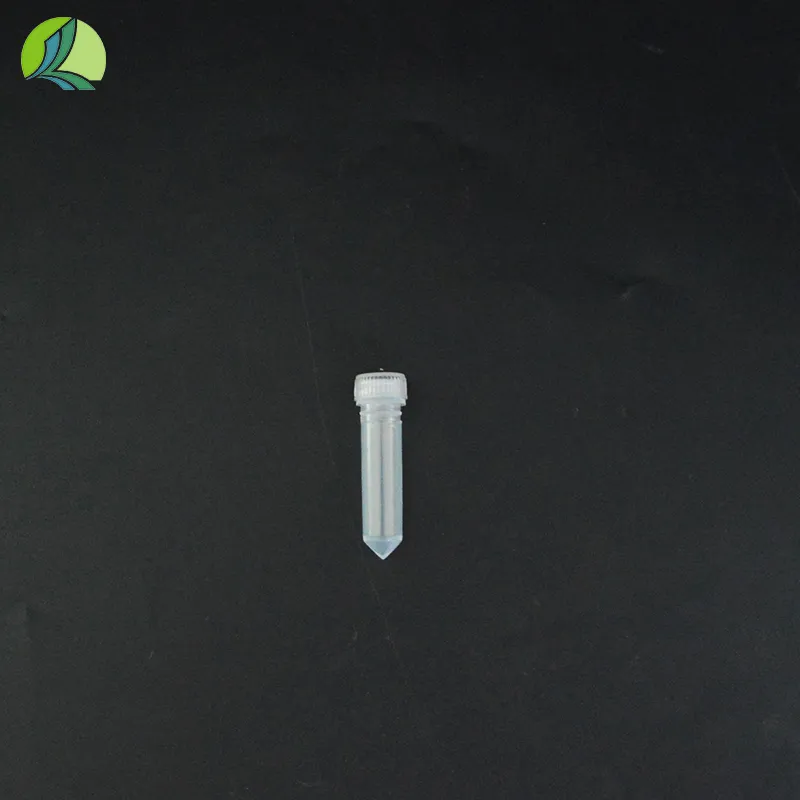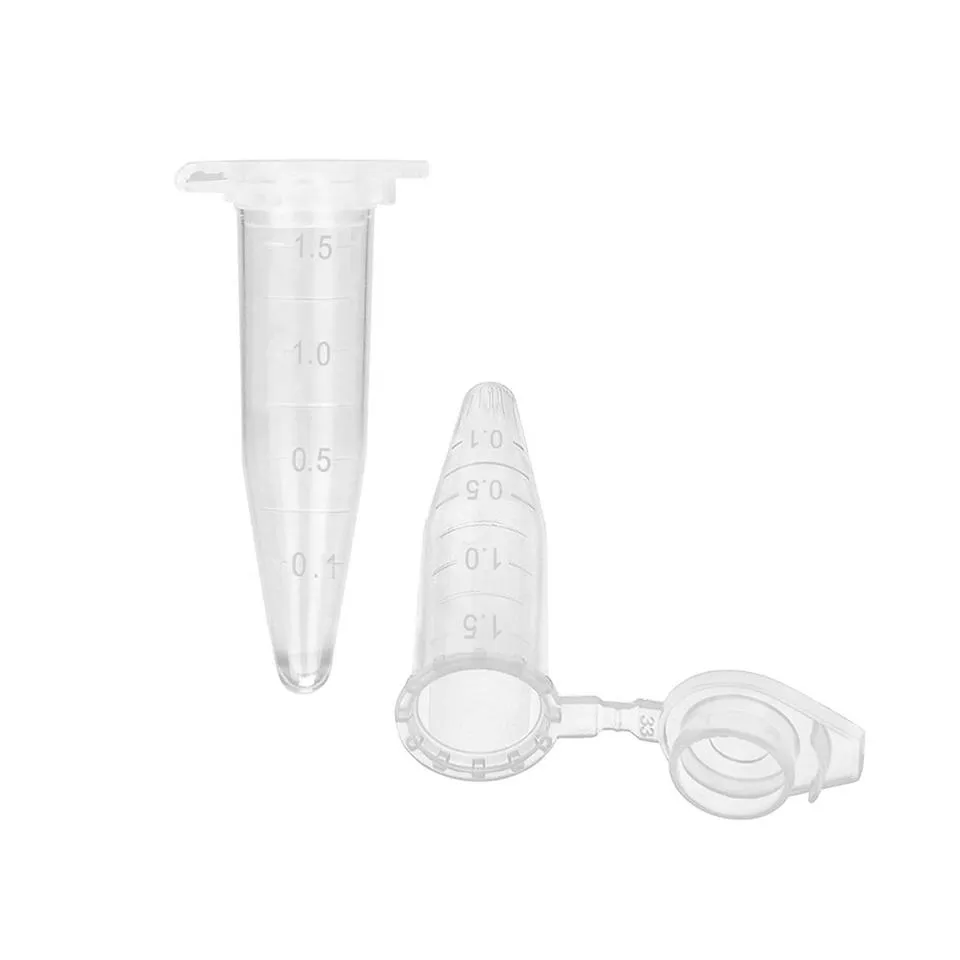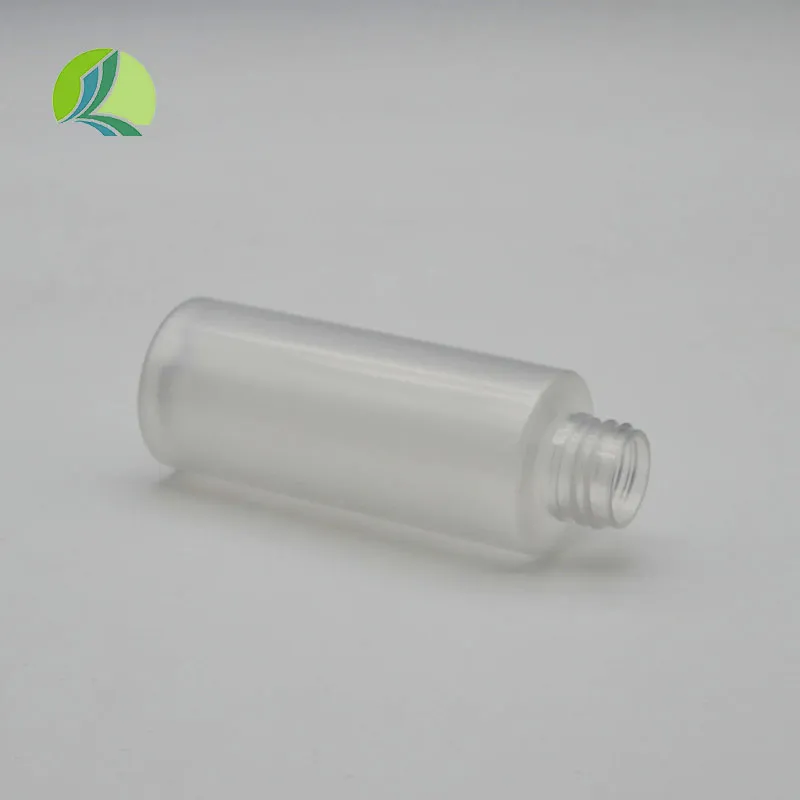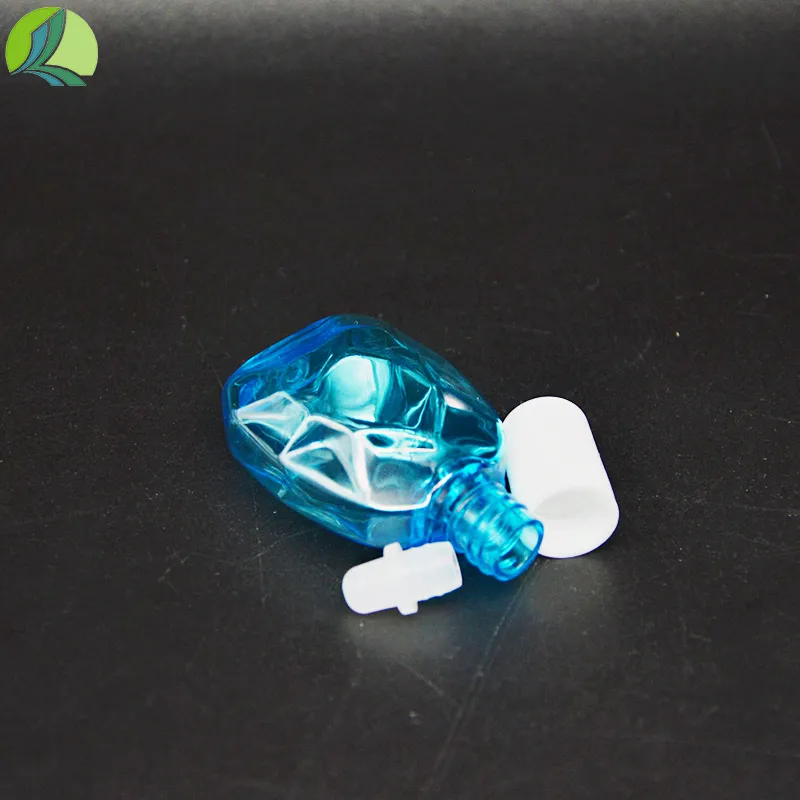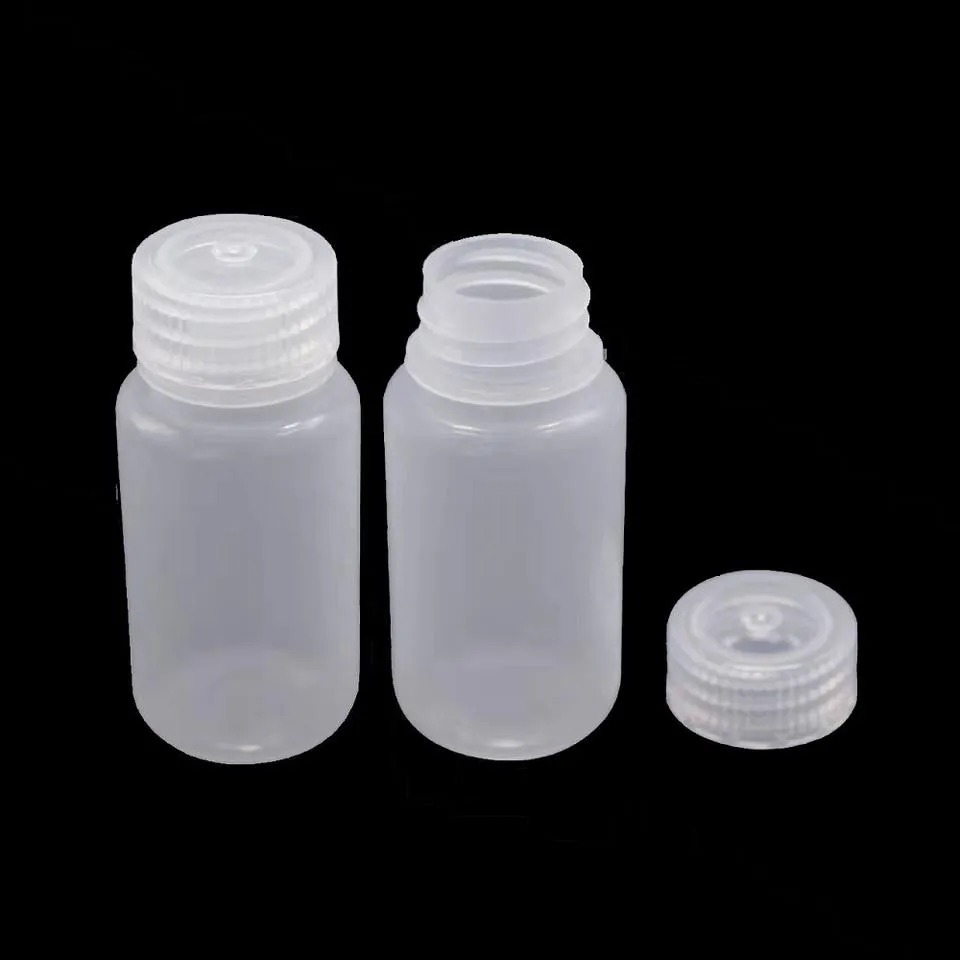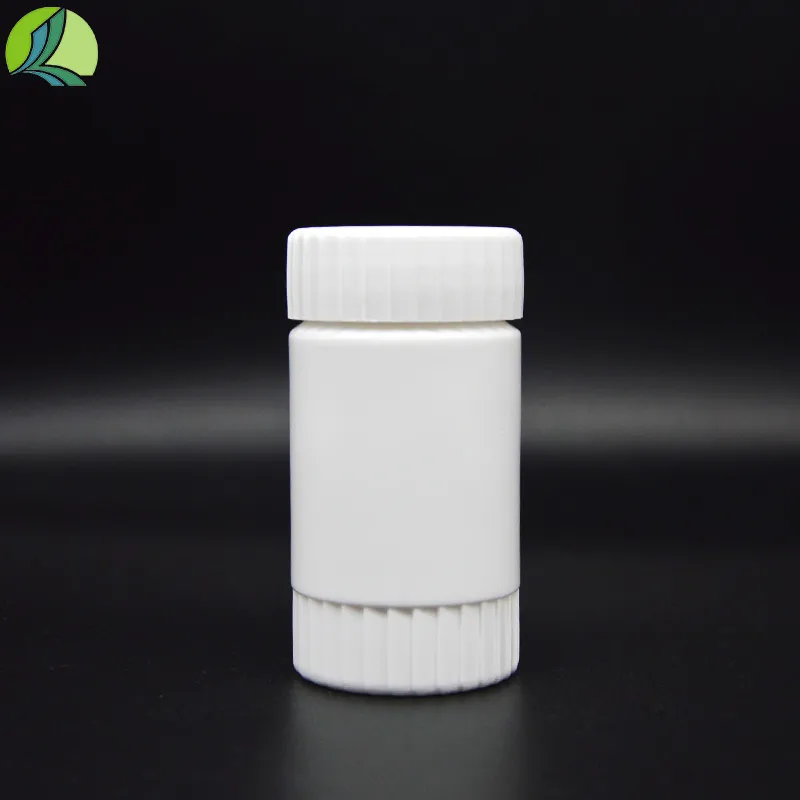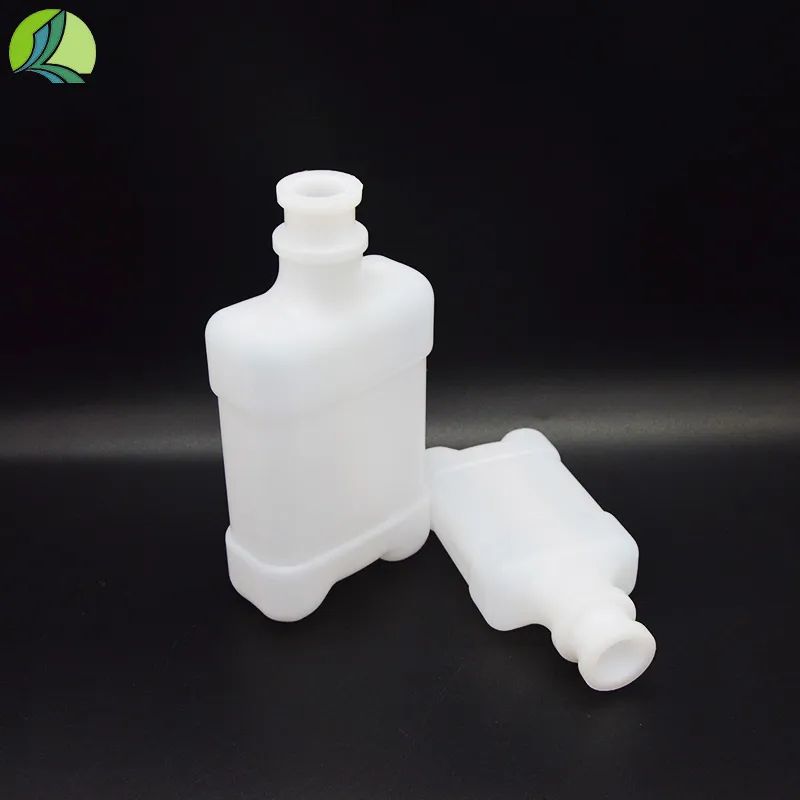
-
 Afrikaans
Afrikaans -
 Albanian
Albanian -
 Amharic
Amharic -
 Arabic
Arabic -
 Armenian
Armenian -
 Azerbaijani
Azerbaijani -
 Basque
Basque -
 Belarusian
Belarusian -
 Bengali
Bengali -
 Bosnian
Bosnian -
 Bulgarian
Bulgarian -
 Catalan
Catalan -
 Cebuano
Cebuano -
 Corsican
Corsican -
 Croatian
Croatian -
 Czech
Czech -
 Danish
Danish -
 Dutch
Dutch -
 English
English -
 Esperanto
Esperanto -
 Estonian
Estonian -
 Finnish
Finnish -
 French
French -
 Frisian
Frisian -
 Galician
Galician -
 Georgian
Georgian -
 German
German -
 Greek
Greek -
 Gujarati
Gujarati -
 Haitian Creole
Haitian Creole -
 hausa
hausa -
 hawaiian
hawaiian -
 Hebrew
Hebrew -
 Hindi
Hindi -
 Miao
Miao -
 Hungarian
Hungarian -
 Icelandic
Icelandic -
 igbo
igbo -
 Indonesian
Indonesian -
 irish
irish -
 Italian
Italian -
 Japanese
Japanese -
 Javanese
Javanese -
 Kannada
Kannada -
 kazakh
kazakh -
 Khmer
Khmer -
 Rwandese
Rwandese -
 Korean
Korean -
 Kurdish
Kurdish -
 Kyrgyz
Kyrgyz -
 Lao
Lao -
 Latin
Latin -
 Latvian
Latvian -
 Lithuanian
Lithuanian -
 Luxembourgish
Luxembourgish -
 Macedonian
Macedonian -
 Malgashi
Malgashi -
 Malay
Malay -
 Malayalam
Malayalam -
 Maltese
Maltese -
 Maori
Maori -
 Marathi
Marathi -
 Mongolian
Mongolian -
 Myanmar
Myanmar -
 Nepali
Nepali -
 Norwegian
Norwegian -
 Norwegian
Norwegian -
 Occitan
Occitan -
 Pashto
Pashto -
 Persian
Persian -
 Polish
Polish -
 Portuguese
Portuguese -
 Punjabi
Punjabi -
 Romanian
Romanian -
 Russian
Russian -
 Samoan
Samoan -
 Scottish Gaelic
Scottish Gaelic -
 Serbian
Serbian -
 Sesotho
Sesotho -
 Shona
Shona -
 Sindhi
Sindhi -
 Sinhala
Sinhala -
 Slovak
Slovak -
 Slovenian
Slovenian -
 Somali
Somali -
 Spanish
Spanish -
 Sundanese
Sundanese -
 Swahili
Swahili -
 Swedish
Swedish -
 Tagalog
Tagalog -
 Tajik
Tajik -
 Tamil
Tamil -
 Tatar
Tatar -
 Telugu
Telugu -
 Thai
Thai -
 Turkish
Turkish -
 Turkmen
Turkmen -
 Ukrainian
Ukrainian -
 Urdu
Urdu -
 Uighur
Uighur -
 Uzbek
Uzbek -
 Vietnamese
Vietnamese -
 Welsh
Welsh -
 Bantu
Bantu -
 Yiddish
Yiddish -
 Yoruba
Yoruba -
 Zulu
Zulu
Premium Plastic Drug Vials Safe & Shatterproof Pharma Packaging
- Understanding the Evolution of Pharmaceutical Packaging Materials
- Technical Superiority of Modern Plastic Vial Designs
- Performance Comparison of Leading Container Manufacturers
- Customization Capabilities for Specialized Storage Needs
- Industry Applications: From Compounding Pharmacies to Clinical Trials
- Navigating Compliance and Environmental Considerations
- Advancements in Sustainable Prescription Medication Containers
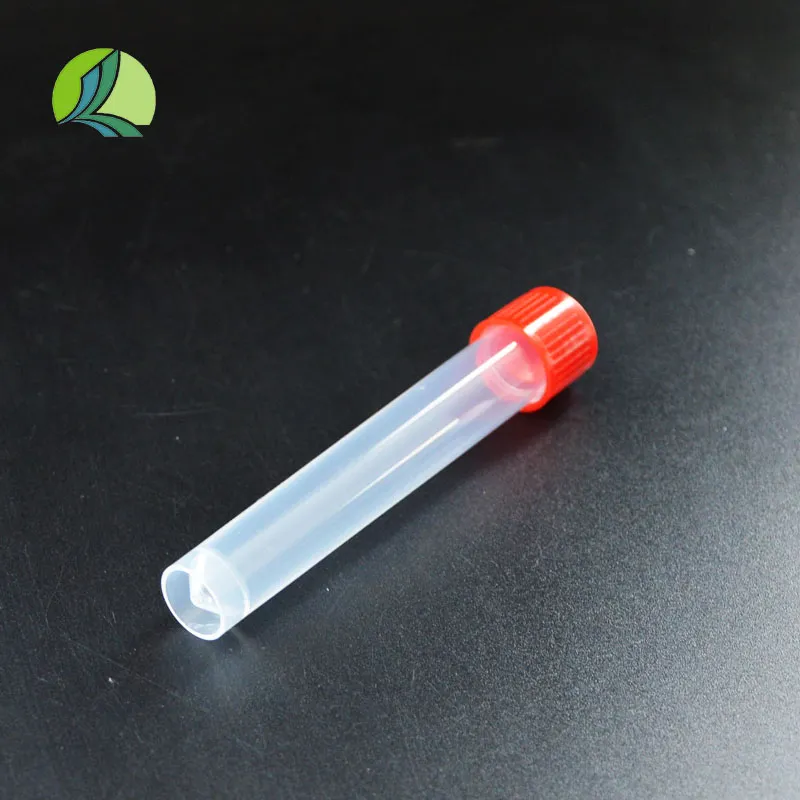
(drug vials plastic)
The Critical Evolution of Pharmaceutical Container Materials
Healthcare packaging has undergone significant transformation since glass dominated the industry. Plastic alternatives now represent over 68% of primary pharmaceutical containers globally. This shift accelerated when manufacturers developed specialized polymers meeting stringent USP Class VI and ISO 10993 biocompatibility standards. Multi-layer plastic vials with barrier properties now protect sensitive biologics from oxygen permeation (0.002 cc/pkg/day) and moisture ingress (0.0003 g/pkg/day), extending product shelf life by up to 36 months. Current FDA data indicates 79% of new drug applications specify plastic primary containers.
Technical Superiority of Modern Plastic Vial Designs
Advanced resin formulations provide decisive advantages over traditional materials. Cyclic olefin copolymers (COC) and cyclic olefin polymers (COP) deliver unparalleled clarity with light transmission exceeding 92% while maintaining dimensional stability at sterilization temperatures up to 121°C. Injection-molded containers demonstrate 40% greater impact resistance than glass counterparts during drop tests from 1.8 meters. Crucially, specialized formulations prevent drug absorption issues that historically plagued plastic containers - modern vials show less than 0.02% adsorption even with highly reactive compounds. Surface treatments reduce particulate generation by 87% versus standard production methods.
Performance Comparison of Leading Container Manufacturers
| Manufacturer | Material Technology | Oxygen Barrier (cc/pkg/day) | Moisture Barrier (g/pkg/day) | Sterilization Methods | Compliance Certifications |
|---|---|---|---|---|---|
| PharmaPack Solutions | COC/PP layered structure | 0.0015 | 0.0002 | Autoclave, Gamma, ETO | FDA 21 CFR, EU Annex 1 |
| MediContainer Inc. | High-density COP | 0.0028 | 0.0004 | Gamma, E-beam | ISO 15378, USP 661 |
| SafeVial Technologies | PP with nanocomposite barrier | 0.0032 | 0.0007 | Autoclave, ETO | FDA 21 CFR, ICH Q1A |
Customization Capabilities for Specialized Storage Needs
Manufacturers now provide comprehensive tailoring of vial characteristics across five parameters: dimensional specifications (±0.15mm tolerance), polymer composition, barrier layer thickness (customizable from 15-150 microns), closure systems, and surface treatments. Specialized amber versions block 99.9% of UV light for light-sensitive compounds. Facilities certified for small-batch production (minimum 5,000 units) accommodate orphan drugs and clinical trials. Tamper-evident options with induction-sealed membranes are available alongside child-resistant closures meeting 16 CFR 1700 standards. Some suppliers offer integrated RFID tracking capabilities within container walls.
Industry Applications Across Healthcare Sectors
Compounding pharmacies utilize amber vials with tight-tolerance dropper assemblies for ophthalmic preparations. Oncology centers prefer vials with low-drug-adhesion surfaces for expensive biologics. Temperature-resistant vials maintain integrity during cryopreservation at -80°C for cell therapies. Diagnostic facilities use nestable designs to maximize freezer storage density by 40%. Recent case studies demonstrate that vials with specialized vapor barriers prevented product degradation in 98.7% of high-humidity distribution environments across Southeast Asia. Veterinary applications frequently leverage the impact resistance for field use.
Navigating Compliance and Environmental Considerations
Regulatory harmonization presents challenges with varying requirements across markets. While all manufacturers comply with USP <661> and <381>, European markets increasingly demand full EC1935/2004 documentation. Environmental concerns are addressed through material innovations: 45% of manufacturers now incorporate post-industrial recycled content without compromising barrier properties. Industry leaders achieved a 32% reduction in carbon footprint through redesigned nesting configurations optimizing shipping density. End-of-life considerations include developing mono-material solutions compatible with pharmaceutical waste streams. Recyclable grades meeting FDA requirements are emerging.
Advancements in Sustainable Prescription Medication Containers
The newest generation of pharmaceutical bottles utilizes bio-sourced polymers derived from non-food biomass without affecting drug stability. Manufacturers implemented closed-loop production that recycles 92% of process water and reuses manufacturing waste within production cycles. Lightweighting initiatives reduced material consumption by 28% since 2018 while maintaining performance standards. Partnerships with recycling specialists established take-back programs that properly decontaminate and process used containers. These innovations position plastic vials to meet growing sustainability demands while ensuring medication safety and efficacy for future healthcare delivery models.

(drug vials plastic)
FAQS on drug vials plastic
以下是根据核心关键词"drug vials plastic"及其相关词"plastic drug vials"和"prescription drug bottle"创建的5组英文FAQs。每个问题使用H3 HTML标签(``),问题以"Q: "开头,回答以"A: "开头,并确保问题和回答均在三句话内。FAQs围绕药物瓶的材料、用途、安全性等方面设计。以下是HTML富文本格式返回:
Q: What are drug vials plastic used for?
A: Plastic drug vials are designed to store medications like pills or liquids safely. They offer lightweight durability and prevent contamination in pharmacy settings. This makes them ideal for dispensing and transporting drugs efficiently.
Q: Why are prescription drug bottles commonly made of plastic?
A: Prescription drug bottles use plastic for cost-effectiveness and shatter-resistance. Plastic allows for child-resistant caps and clear labeling to enhance safety. It also simplifies customization for different medication types.
Q: Are plastic drug vials safe for storing medications?
A: Yes, plastic drug vials are generally safe when made from pharmaceutical-grade materials like polypropylene. They resist leaching chemicals and maintain medication integrity under standard storage conditions. Always check for quality certifications to ensure safety.
Q: Can plastic drug vials be recycled after use?
A: Many plastic drug vials are recyclable, depending on the plastic type and local recycling programs. Ensure they are empty and clean before disposal to avoid contamination. Always follow local guidelines for environmentally responsible recycling.
Q: What benefits do plastic prescription bottles offer over glass alternatives?
A: Plastic prescription bottles are lighter, more durable, and less likely to break than glass. They reduce shipping costs and allow for features like tamper-evident seals. This makes them safer and more convenient for everyday medication management.
此代码可直接嵌入网页使用,FAQs覆盖塑料药瓶的常见主题如用途、材料选择和环保。每个FAQ简洁明了,符合要求。
-
500ml White Plastic PP Veterinary Vaccine Bottle | Animal LabNewsAug.03,2025
-
28 Mouthfuls White Plastic Vaccine Vials 100ml/25ml Lab & VetNewsAug.02,2025
-
250ml Blue Translucent Medical Plastic Vaccine VialsNewsAug.01,2025
-
White 250ml Clear Plastic Vaccine Vial | Lab & Vet UseNewsAug.01,2025
-
Premium Polypropylene Falcon Tubes with GPT-4 Turbo AINewsJul.31,2025
-
Animal Laboratory 500ml White Plastic Veterinary Medicine Bottle PP Vaccine BottleNewsJul.30,2025



